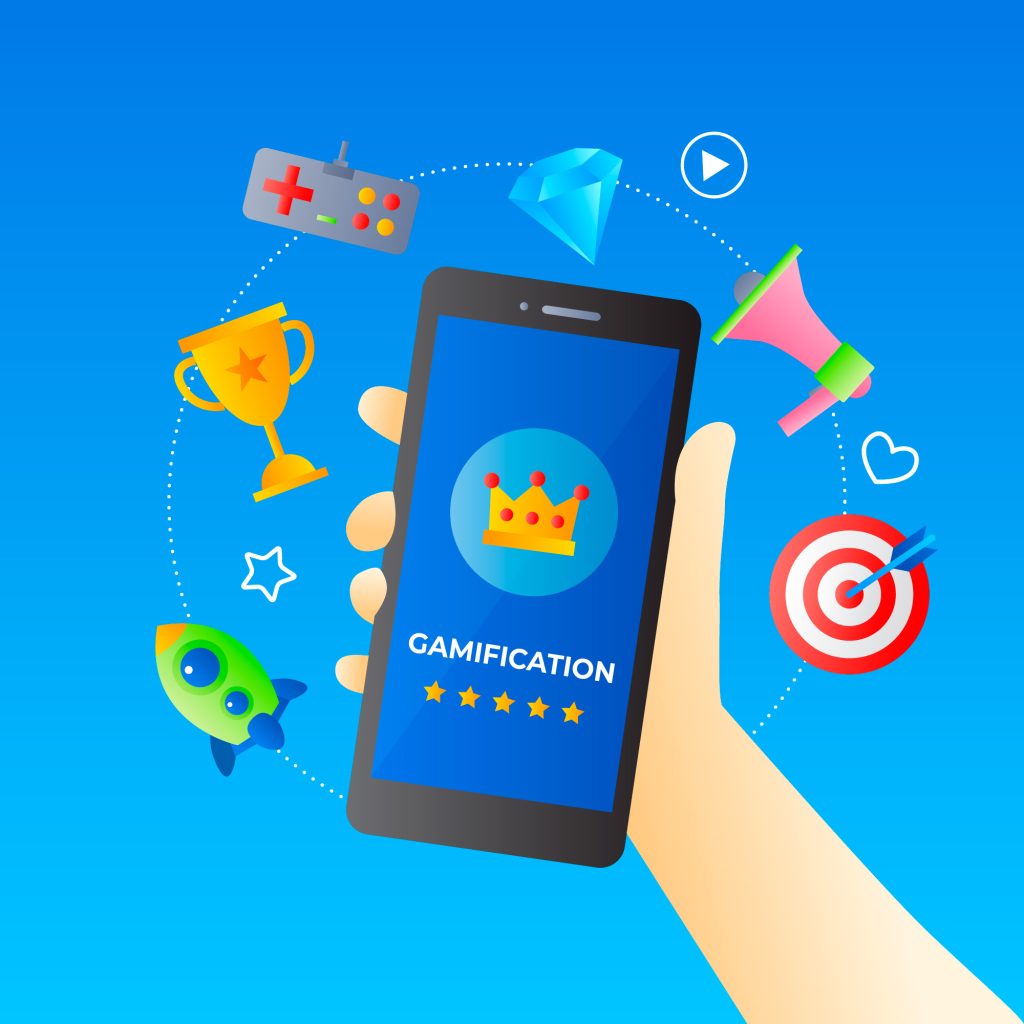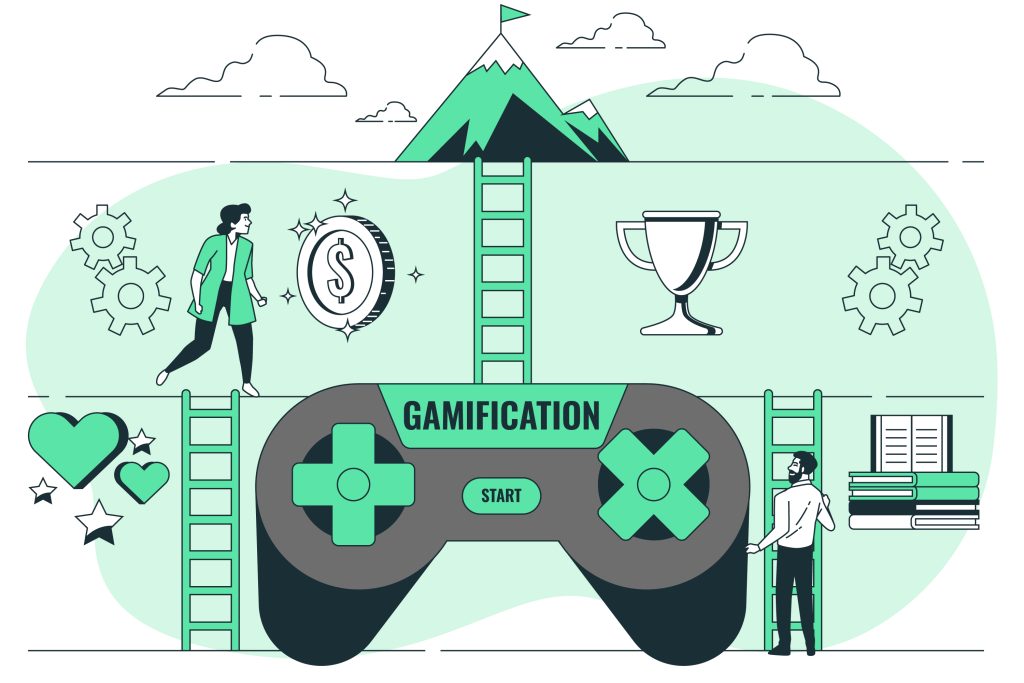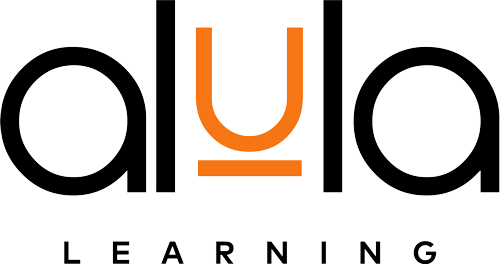Latest Trends in E-Learning (January 2025)
Latest Trends in E-Learning: E-learning continues to redefine education and training across industries, making it one of the most dynamic fields in today’s digital landscape. As we move into 2025, advancements in technology and shifts in learning behaviors are driving significant trends in e-learning. Here’s what you need to know about the latest developments shaping the future of digital learning. Latest Trends in E-Learning 1. Artificial Intelligence in E-Learning Artificial Intelligence (AI) is revolutionizing Learning Management Systems (LMS). From personalized learning experiences to AI-driven analytics, organizations are leveraging AI to enhance training efficiency and learner engagement. Features like virtual tutors, predictive content delivery, and gamified AI modules are creating immersive learning environments tailored to individual needs. 2. Gamification: Making Learning Fun and Effective Gamification continues to dominate e-learning strategies, blending game mechanics with educational content to boost engagement and retention. From leaderboards to interactive challenges, gamification transforms mundane topics into exciting learning experiences. This trend is especially impactful in corporate training, where employee engagement is critical. 3. Mobile Learning for On-the-Go Education With the proliferation of smartphones and tablets, mobile learning is becoming indispensable. Learners can access content anytime, anywhere, enabling continuous learning that fits seamlessly into busy schedules. Mobile-friendly LMS platforms and apps are ensuring learners stay connected and engaged. 4. Interactive Video-Based Learning Video content remains a cornerstone of e-learning, but interactive video learning is taking center stage. Features like clickable hotspots, branching scenarios, and integrated quizzes make video learning more engaging and effective. This trend is particularly popular in sectors like healthcare and technology, where practical application is key. 5. Microlearning for Bite-Sized Knowledge Microlearning delivers content in small, easily digestible chunks, catering to modern learners’ short attention spans. These quick lessons are ideal for upskilling, compliance training, and onboarding, offering flexibility without overwhelming learners. 6. Emphasis on Data-Driven Learning Data analytics is becoming a game-changer in e-learning. Organizations are using data insights to measure training effectiveness, identify learning gaps, and refine content. This data-driven approach ensures training programs are aligned with organizational goals and learner needs. 7. Immersive Technologies: AR and VR Augmented Reality (AR) and Virtual Reality (VR) are pushing the boundaries of experiential learning. These technologies provide hands-on simulations that replicate real-world scenarios, offering learners a safe environment to practice and refine their skills. 8. Focus on Accessibility and Inclusivity E-learning platforms are increasingly prioritizing accessibility, ensuring that content is inclusive for learners with diverse needs. From screen reader compatibility to multilingual support, accessibility features are becoming standard in modern LMS solutions. Why It’s the Perfect Time to Upskill in E-Learning With these trends shaping the industry, there’s no better time to gain expertise in e-learning and instructional design. Whether you’re an HR professional, educator, or tech enthusiast, staying ahead in this field can open doors to exciting opportunities. Join Our Digital Learning Bootcamp Get into these trends and more with our Digital Learning Bootcamp starting this March. Our five comprehensive modules cover everything from Learning Design Fundamentals to Monitoring and Evaluation of E-Learning. Flexible payment options are available, making it easier than ever to invest in your future. 👉 Register now: bit.ly/DLBCOHORT2 Stay ahead in the ever-evolving world of e-learning. Let’s shape the future of learning together. For inquiries, contact Temitope at [email protected].
How to Transition into Instructional Design in 2025
How to Transition into Instructional Design in 2025; Are you ready to embrace a career that blends creativity, technology, and education? Instructional Design is one of the fastest-growing fields in today’s digital world, offering endless opportunities for professionals eager to make a difference. If you’ve been thinking about transitioning into this exciting field, 2025 is the perfect time to start. Start your journey today by registering for our Digital Learning Bootcamp this March! Register Now Why Instructional Design? Instructional Design is the art and science of creating engaging, effective learning experiences. It’s a field that combines psychology, technology, and education to craft solutions that help learners achieve their goals. With the rise of eLearning and digital transformation, organizations across industries are seeking skilled Instructional Designers to revolutionize their training and development programs. If you’re passionate about creating impactful learning experiences, this career could be your perfect match. How to Transition into Instructional Design in 2025 1. Understand the Basics Start by familiarizing yourself with what Instructional Design entails. It’s not just about creating PowerPoint slides; it’s about understanding how people learn and designing experiences that meet their needs. Key concepts to explore include: 2. Upskill with Relevant Training Transitioning into Instructional Design requires you to acquire specialized skills. This is where the Digital Learning Bootcamp 2025 comes in. Our program offers five dynamic modules to equip you with the knowledge and tools you need to excel: Whether you’re new to the field or looking to deepen your expertise, this bootcamp is your gateway to success. Register Now 3. Build a Portfolio Instructional Design is a portfolio-driven field. Employers want to see examples of your work, so start building a portfolio as you learn. Include: 4. Leverage Your Existing Skills Don’t underestimate the value of your current experience. If you’re an educator, HR professional, or content creator, you already have transferable skills like communication, project management, and a deep understanding of learning processes. Highlight these as you pivot into Instructional Design. 5. Network and Learn from Others Join online communities, attend webinars, and connect with seasoned Instructional Designers. Networking can open doors to mentorship opportunities, job leads, and invaluable insights. Why 2025 Is the Year to Transition The demand for Instructional Designers is skyrocketing as organizations increasingly adopt eLearning solutions. By transitioning now, you position yourself at the forefront of this trend, ready to seize opportunities in corporate training, education, healthcare, and beyond. Ready to Take the Leap? The Digital Learning Bootcamp 2025 is your launchpad to a successful career in Instructional Design. With expert instructors, practical modules, and a flexible payment plan, there’s no better way to start your journey. Don’t wait—secure your spot today! Register Now. Make 2025 the year you transition into a fulfilling, future-proof career. Let’s design a better future together!
Gamification in Learning: How to Measure its Success

Today, gamification in learning is transforming ordinary learning experiences into exciting, interactive journeys for learners and even educators. But how do you measure its success? Before we move on, if you missed our Free Webinar on Gamification in Learning Design last weekend, you can still access the recording! Click here to request your copy and discover insights that can reshape your approach to gamification in learning design. What is Gamification in Learning? Gamification integrates game mechanics into learning environments, such as point systems, leaderboards, badges, and challenges. It encourages participation, boosts motivation, and improves retention by creating an enjoyable, goal-oriented learning atmosphere. But implementing gamification isn’t just about adding fun elements—it’s about achieving measurable learning outcomes. Click here to read more about Gamification. How to Measure the Success of Gamification in Learning To evaluate the impact of gamification, focus on these key metrics: 1. Engagement Levels Monitor how actively participants engage with the learning material. Metrics like session duration, module completion rates, and interaction with gamified elements (e.g., quizzes, challenges) indicate learner interest. 2. Knowledge Retention Use pre-and post-assessments to measure how well learners retain knowledge after completing gamified modules. High retention rates suggest that gamification is effective. 3. Behavioral Changes Observe whether learners apply what they’ve learned in real-world situations. This could include improved workplace performance, enhanced problem-solving, or increased collaboration. 4. Learner Feedback Survey participants to understand their perceptions of the gamified experience. Positive feedback often correlates with successful gamification implementation. 5. ROI (Return on Investment) Measure the cost-effectiveness of gamification by comparing learning outcomes against the investment made in creating gamified content. Learn More at Our Digital Learning Bootcamp If gamification excites you, imagine mastering the tools and strategies to design such learning experiences yourself! Our Digital Learning Bootcamp this March will equip you with the skills to create impactful, modern learning experiences. The Bootcamp features five tailored modules, including: Whether you’re a Learning Designer, Educator, or Tech professional, this Bootcamp will transform your approach to digital learning. Plus, you can choose between paying modularly or saving costs with the full course option. Register your interest here. Ready to Take the Leap? Start your journey to creating exceptional learning experiences today! If you missed our Free Webinar on Gamification, request the recording here to gain actionable insights. And don’t forget to register for our upcoming Digital Learning Bootcamp—the perfect opportunity to upskill and stay ahead in the evolving world of learning design. For more details, contact [email protected] or visit our website today!
How Gamification Transforms Learning Outcomes

Today, capturing and retaining learners’ attention is one of the biggest challenges faced by educators and organizations. Traditional teaching methods often fail to engage learners who are accustomed to interactive, stimulating, and visually appealing digital content. This is where gamification in learning steps in—a revolutionary approach that integrates game mechanics into educational environments to make learning not only effective but also enjoyable. Gamification is no longer a buzzword but a proven methodology that transforms how individuals acquire knowledge and skills. From boosting learner engagement to enhancing knowledge retention, gamification has far-reaching impacts. This blog post explores how gamification transforms learning outcomes and why it is a game-changer for educators, organizations, and learners alike. Curious to learn more about gamification and how you can leverage it for your learning goals? Don’t miss Alula Learning’s Free Webinar on Gamification, happening on Saturday, December 7th, 2024. Secure your spot today by registering here. The Science Behind Gamification Gamification works because it aligns with the way our brains are wired. Here are some of the psychological principles that make gamified learning effective: How Gamification Transforms Learning Outcomes Gamification is not just about making learning fun; it’s about achieving measurable improvements in learning outcomes. Here’s how: 1. Enhanced Engagement Traditional learning methods can feel monotonous and uninspiring, leading to disengagement. Gamification transforms learning into an adventure, where learners feel excited and motivated to participate actively. The interactive nature of gamified content captures attention and sustains interest. 2. Improved Knowledge Retention Studies have shown that gamified learning experiences improve retention rates. By breaking down complex concepts into smaller, digestible challenges, learners are more likely to remember what they’ve learned. Gamification also reinforces learning through repetition and practice. 3. Better Skill Development Gamification provides a safe environment for learners to develop and hone their skills. Whether it’s mastering a new language or learning technical skills, gamified platforms allow learners to practice without the fear of failure. 4. Real-Time Performance Tracking With gamification, learners and instructors can track progress in real time. Analytics tools integrated into gamified systems offer insights into performance, helping identify strengths and areas for improvement. 5. Boosted Collaboration and Teamwork Team-based gamified activities foster collaboration and teach learners the value of working together to achieve common goals. This is particularly useful in workplace training programs where teamwork is crucial. 6. Increased Motivation to Complete Courses Dropout rates in traditional learning programs can be high due to lack of interest or motivation. Gamification, with its rewards and challenges, encourages learners to complete their courses and achieve their goals. Conclusion Gamification is more than a trend—it’s a powerful tool that reshapes the way we learn. By making education interactive, engaging, and rewarding, gamification paves the way for better learning outcomes across diverse settings. Whether you’re an educator looking to inspire your students or a corporate trainer aiming to upskill your employees, gamification offers a proven approach to achieving your goals.
